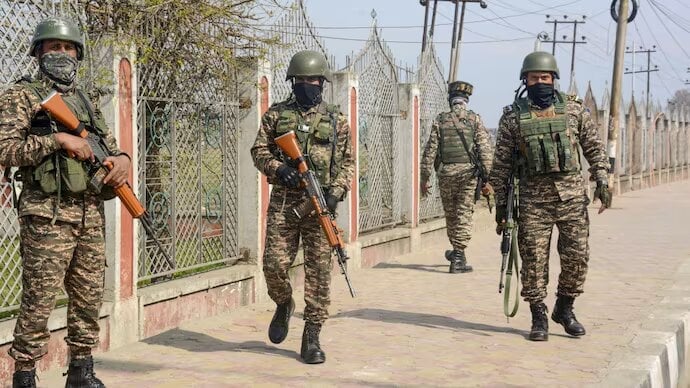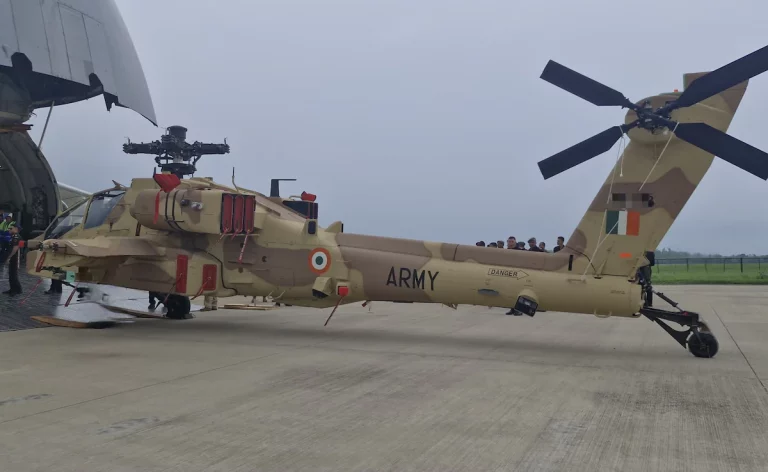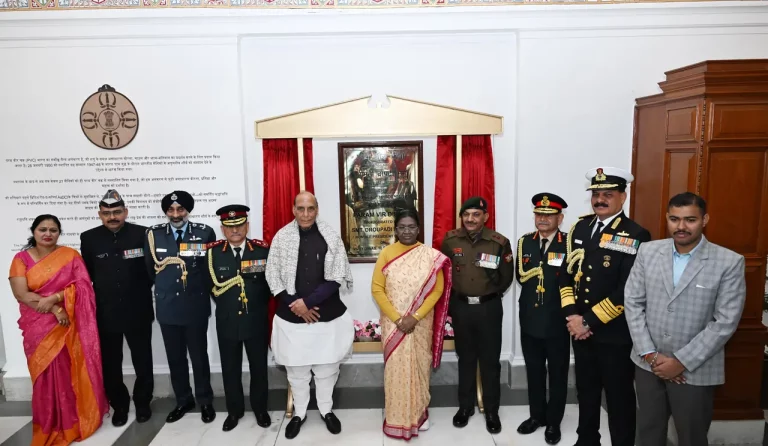India has ascended to the position of the fifth-largest military spender globally in 2024, dedicating $86.1 billion to its defense budget. This figure starkly contrasts with Pakistan’s military expenditure of $10.2 billion, highlighting a significant regional disparity. These insights were revealed in a recent report from the Stockholm International Peace Research Institute (SIPRI), which also notes the backdrop of heightened tensions following a devastating terrorist attack in Kashmir.
The increase in India’s military budget, which grew by 1.6% year-on-year, marks a remarkable 42% rise since 2015. This upward trajectory underscores India’s commitment to modernizing its armed forces and enhancing its defense capabilities, particularly in light of increasing threats along its borders.
Conversely, Pakistan’s defense spending has remained relatively modest, even as geopolitical tensions in the region have escalated. This significant imbalance in military financial resources comes amid a broader context of heightened military preparedness and strategic posturing in South Asia.
On a global scale, military expenditures have reached an all-time high of $2.718 trillion in 2024, accounting for a robust 9.4% increase from the prior year. This represents the most rapid annual growth since the conclusion of the Cold War. The top five military spenders—comprising the United States, China, Russia, Germany, and India—now collectively account for 60% of the total global defense budget, contributing a staggering $1.635 trillion.
The SIPRI report notes that military spending has consistently risen over the past decade, witnessing a cumulative increase of 37% since 2015. This heightened expenditure has been evident across continents, with various nations responding to regional conflicts with increased military investment.
China retained its status as Asia’s highest military spender, raising its defense budget by 7% to $314 billion. Meanwhile, Russia’s military spending jumped by 38% to $149 billion, now constituting 7.1% of its GDP. In Western Europe, Germany’s military expenditure surged by 28%, reaching $88.5 billion, solidifying its position as the largest spender in the region. Ukraine, embroiled in ongoing conflict, allocated $64.7 billion to its military, accounting for 34% of its GDP, the highest military burden in the world.
In India, the increase in defense budget is notably linked to the response following the deadliest terrorist attack since 2008, where 26 civilians lost their lives near Pahalgam in Jammu & Kashmir. In the aftermath, India has accused Pakistan-based terrorists of orchestrating the attack and has implemented various diplomatic sanctions, including the suspension of the Indus Waters Treaty and the closure of the Attari checkpost.
The report from SIPRI paints a picture of a world increasingly focused on military readiness, indicating that South Asia is once again a critical flashpoint in the evolving dynamics of global security.















